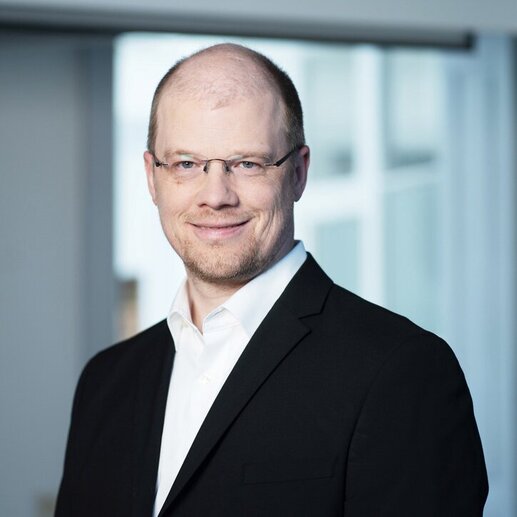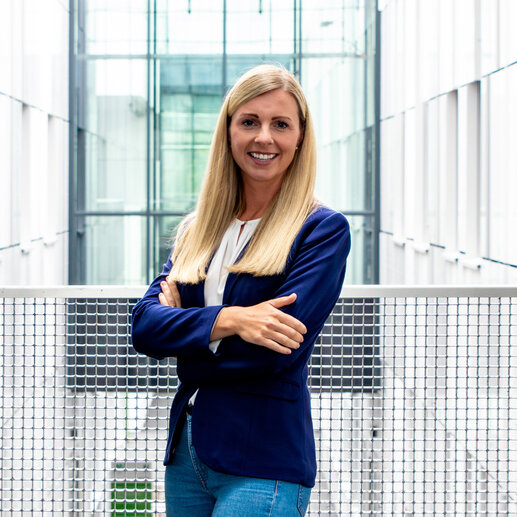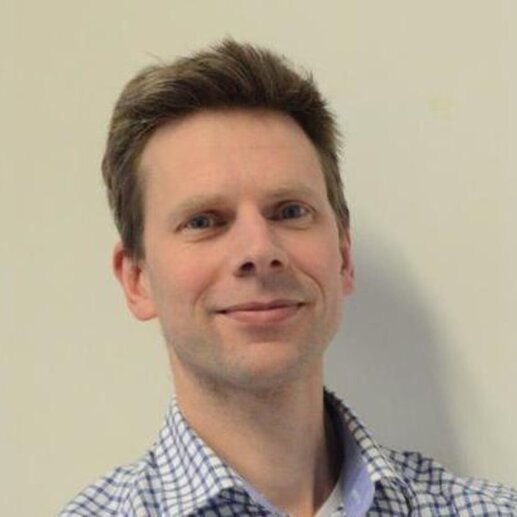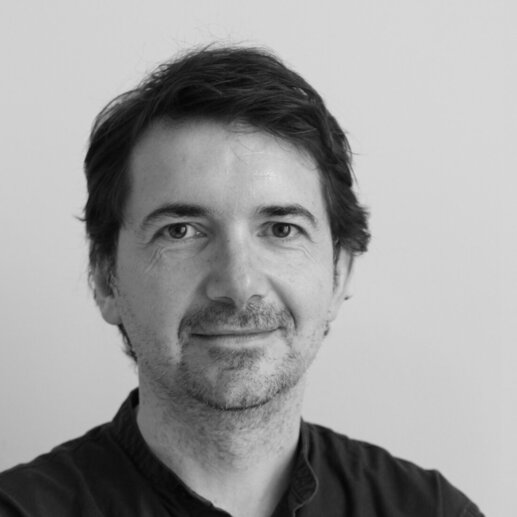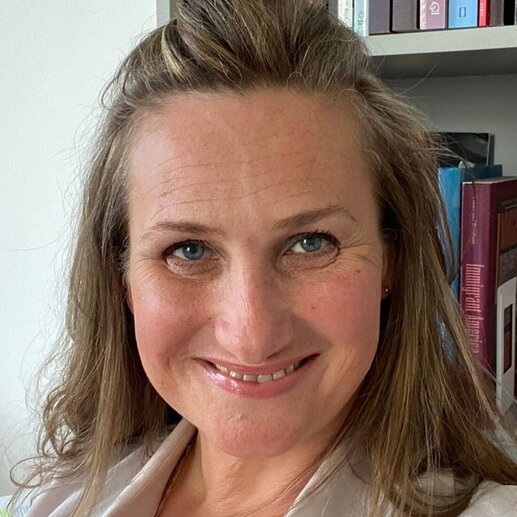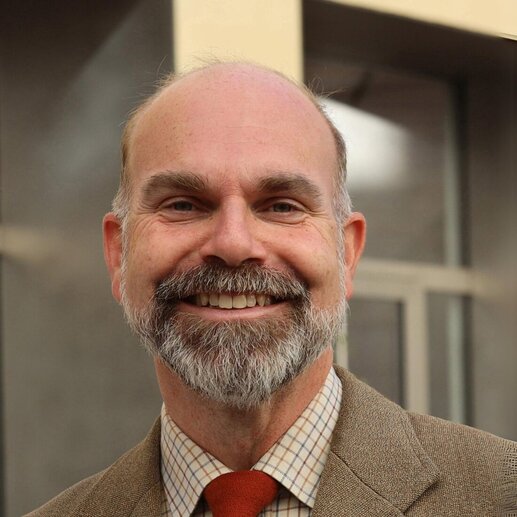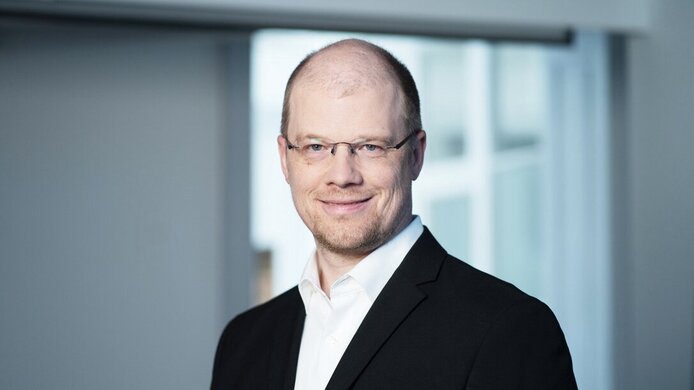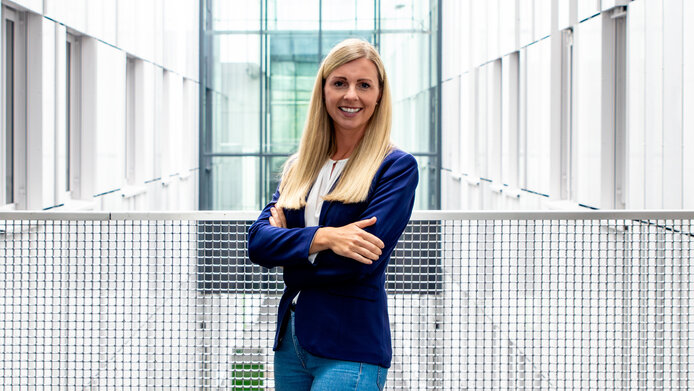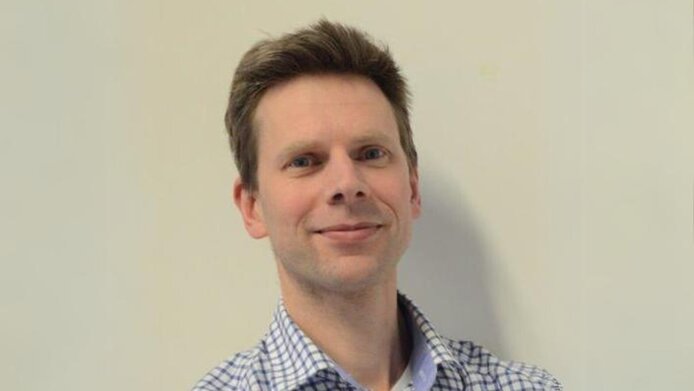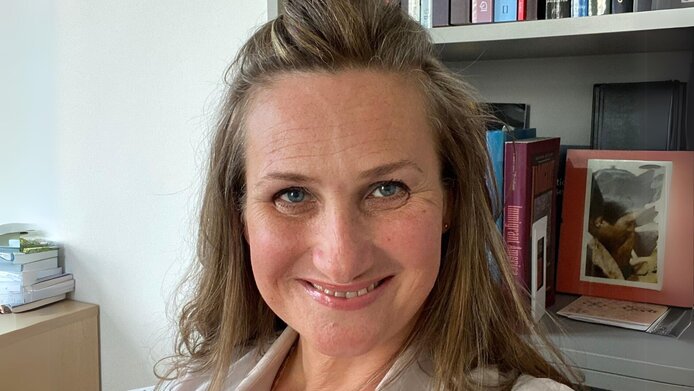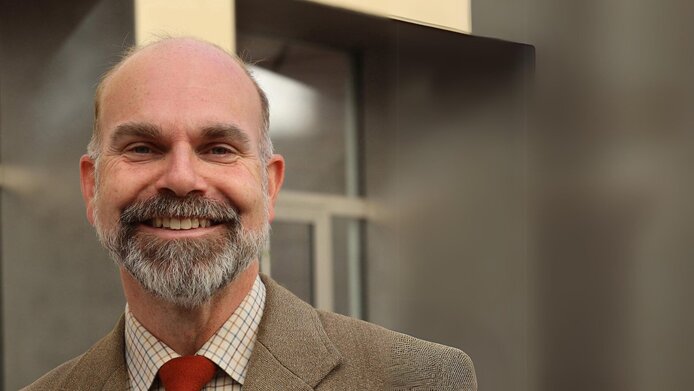This Citizen Science project is taking place in a particularly exciting environment: at school. A school has everything that viruses need to spread, especially a lot of people in a small space. During the project, which will last several months, researchers will work together with students to set up a transdisciplinary research project intended to gain an even better understanding of the transmission and spread of viruses through the air. The researchers bring medical, epidemiological, and sociological expertise and experience, while the students bring curiosity and an open mind. “As our cooperation partners, the students are very closely involved in the whole process,” says Andreas Bergthaler, virologist at the MedUni Vienna, who is leading the project. “This means that we develop the research design together, plan the experiments, set up the air filters, collect and analyze the samples together, and so on. In the end, the students will also be named as co-authors of the publication.” As the project is transdisciplinary, social science methods will also be used to investigate any social conditions that are epidemiologically relevant. This project is also exceptional in another respect: It makes itself the subject of research. The results will also be incorporated into the students’ minor theses, a paper high school students are required to write before graduation. Whether all of the young participants go on to pursue a career in science is not the point: “Ultimately, projects like this are about communicating with the next generation,” says Bergthaler. “Regardless of the topic, we want to show them how science works and how to deal with complex issues. I’m convinced that this is important for society as a whole, not only to interest young people in a career in research."

